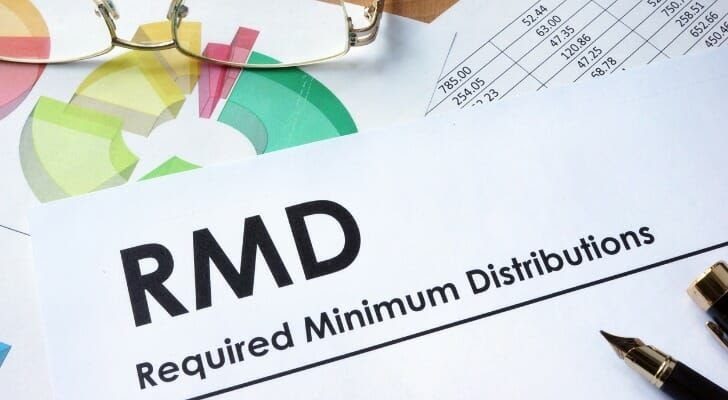You may recall from my previous post-
In comes the required minimum distribution. When are we forced to begin this involuntary withdrawal?

What are the specifics of this very important requirement?
The basic rules on IRA’s follow this timeline: You have to begin distributions when you turn 70, but the first year the IRS gives you a more lenient time frame so you can get accustomed to this requirement. So, even though you have an RMD in the year you turn 70, you do not have to withdraw it from your IRA until the year following the year you turn 70 ½. However, if you wait until then to take the RMD, what will happen now in this same year? You will likely need to take another RMD in the same tax year! That could have a negative effect on your tax liability.
How do you know how much to take out? Well, you have to have the FMV (fair-market value) of the account on December 31st of the previous year. Then you have to apply a factor to the FMV to find out how much your RMD is. For example, if your IRA balance is $500,000 on December 31st, according to the Uniform Life Expectancy table on the IRS website, you need to use a factor of 27.4. If you divide the December 31st FMV by the factor of 27.4 you arrive at the required distribution of $18,248.
What if you fail to take out your total RMD (required minimum distribution)?
You quickly learn what the highest tax penalty in the US tax code is. You will have a 50% penalty assessed on the amount you did not distribute. So, for ease of math, if you were required to withdraw $20,000 and you only withdrew $18,000 that tax year, you would receive a notice from the IRS that you need to withdraw the remaining $2,000 and you need to pay a penalty of $1,000. Let’s avoid that through tax-forward planning.
If you’d like to put this all on autopilot or would like your own forward looking plan for retirement income, please


